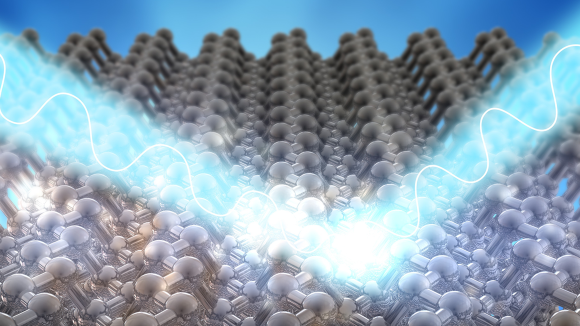The Collection is open for submissions from all authors – and not by invitation only – on the condition that the manuscripts fall within the scope of the Collection and of Nature Communications more generally.
All manuscripts will be considered for publication according to the editorial policies of Nature Communications. Visit Nature Portfolio’s Collections guidelines for more details.
When submitting your manuscript to Nature Communications via our online submission system, please choose the appropriate Collection title from the drop-down menu on the submission form. Please be sure to express your interest in the Collection in your cover letter.
This Collection has not been supported by sponsorship.

